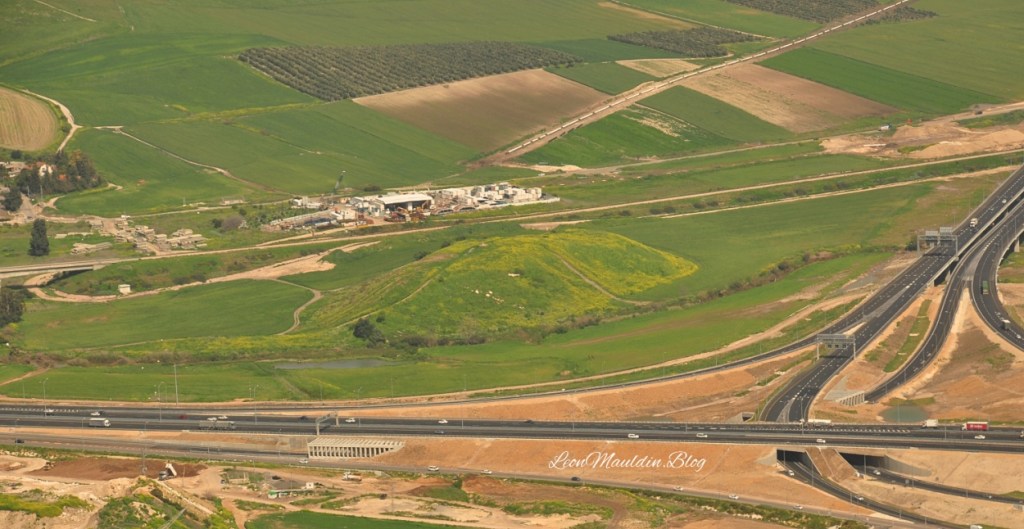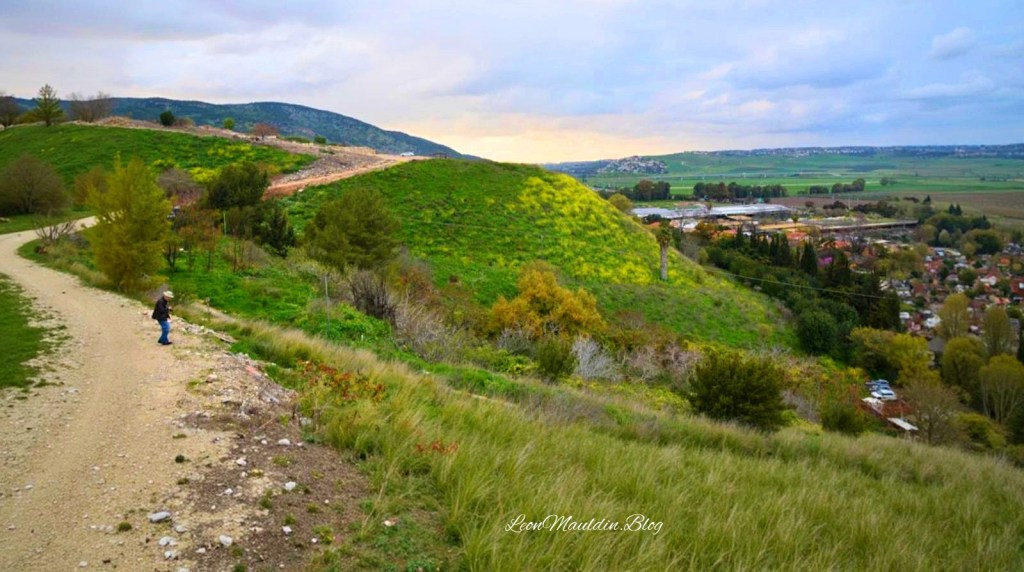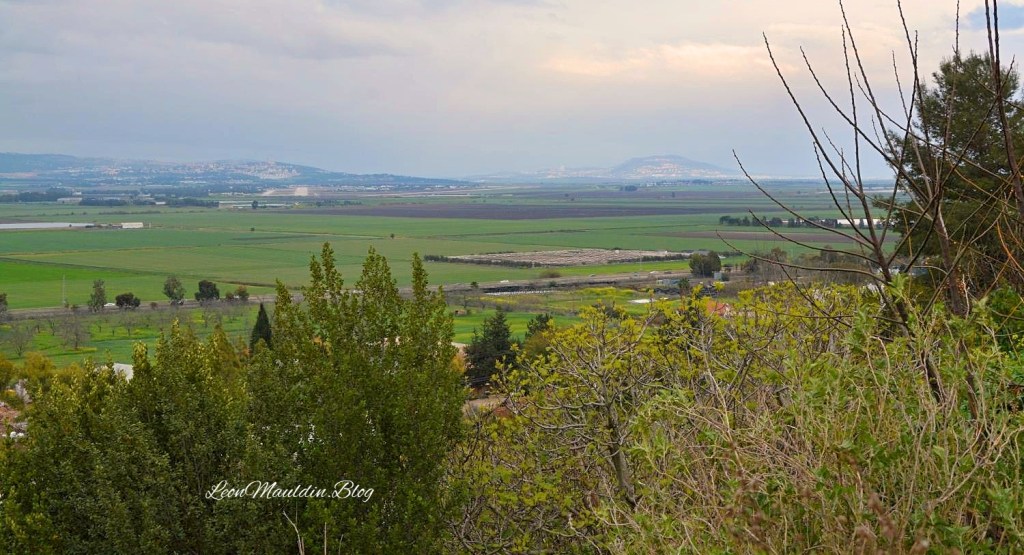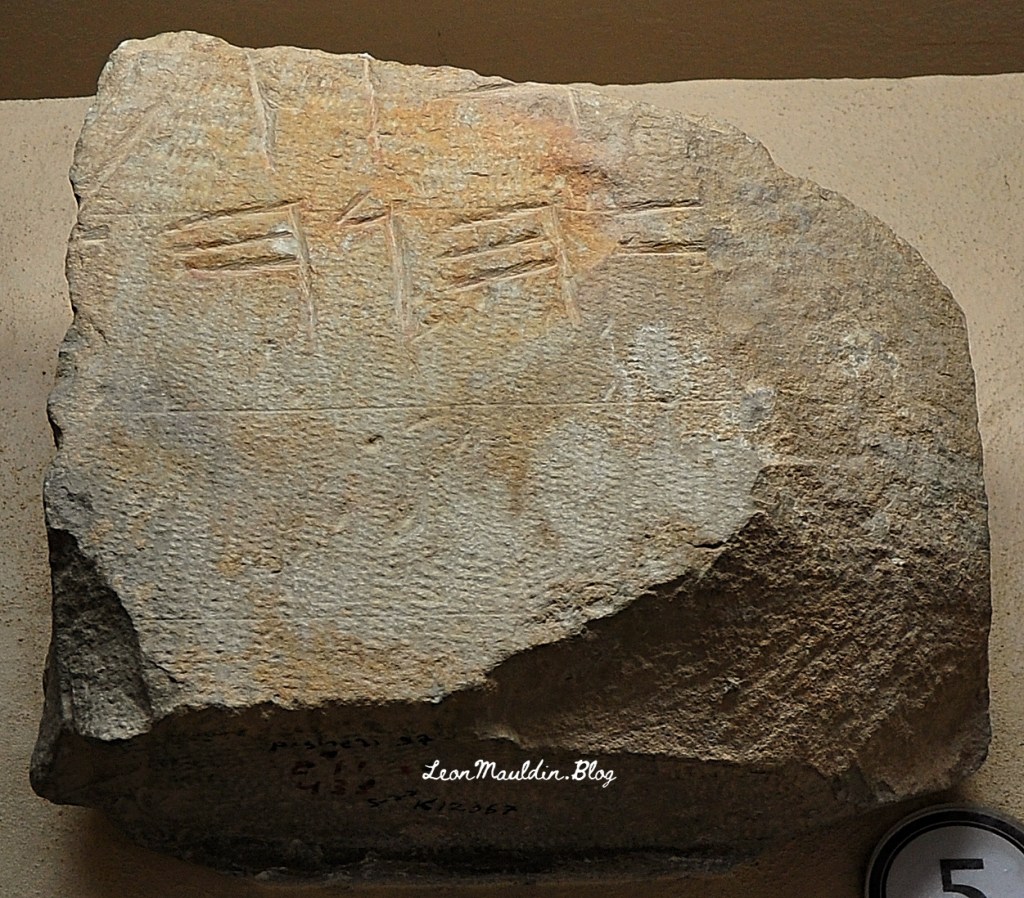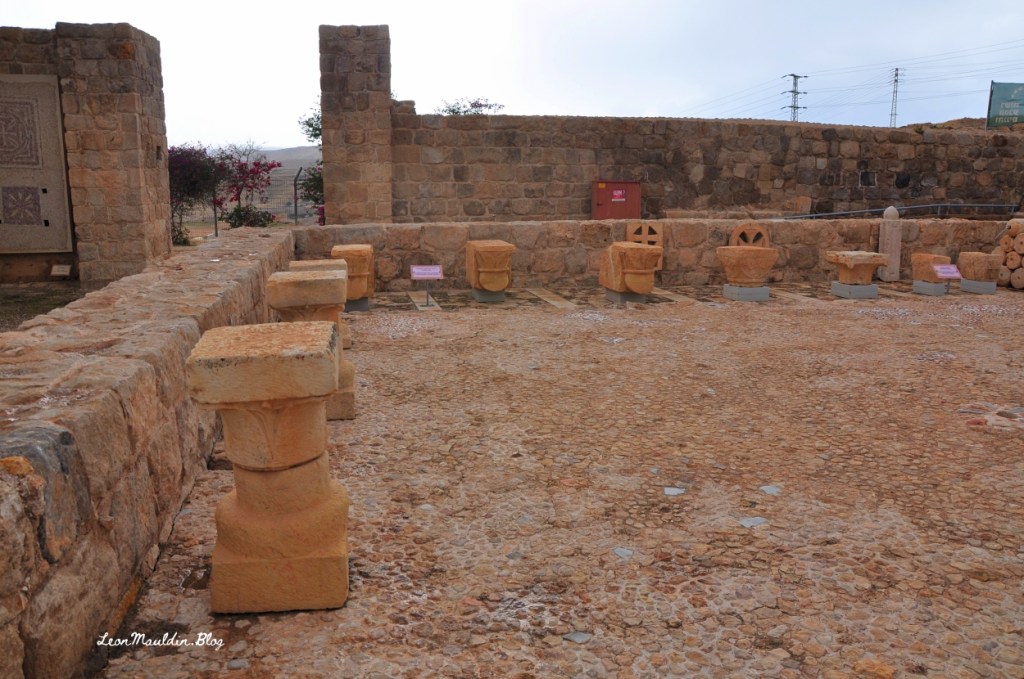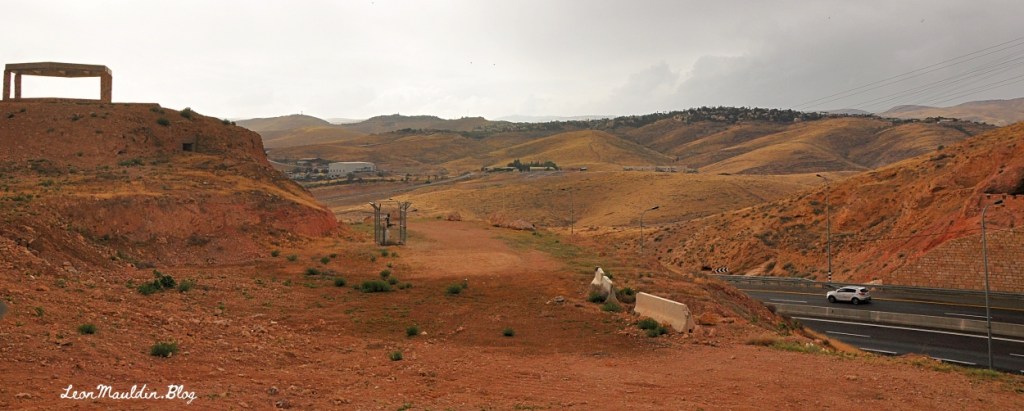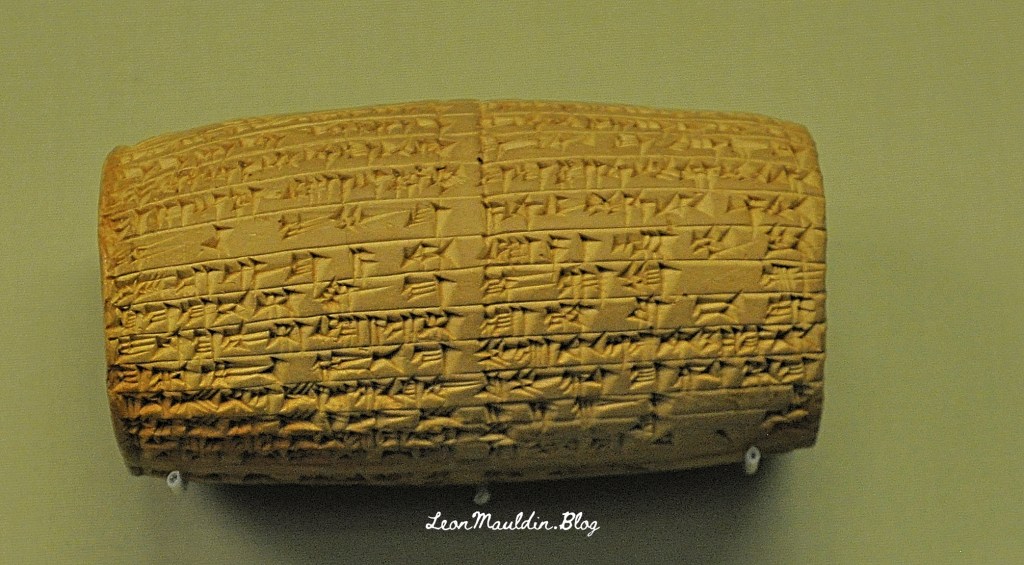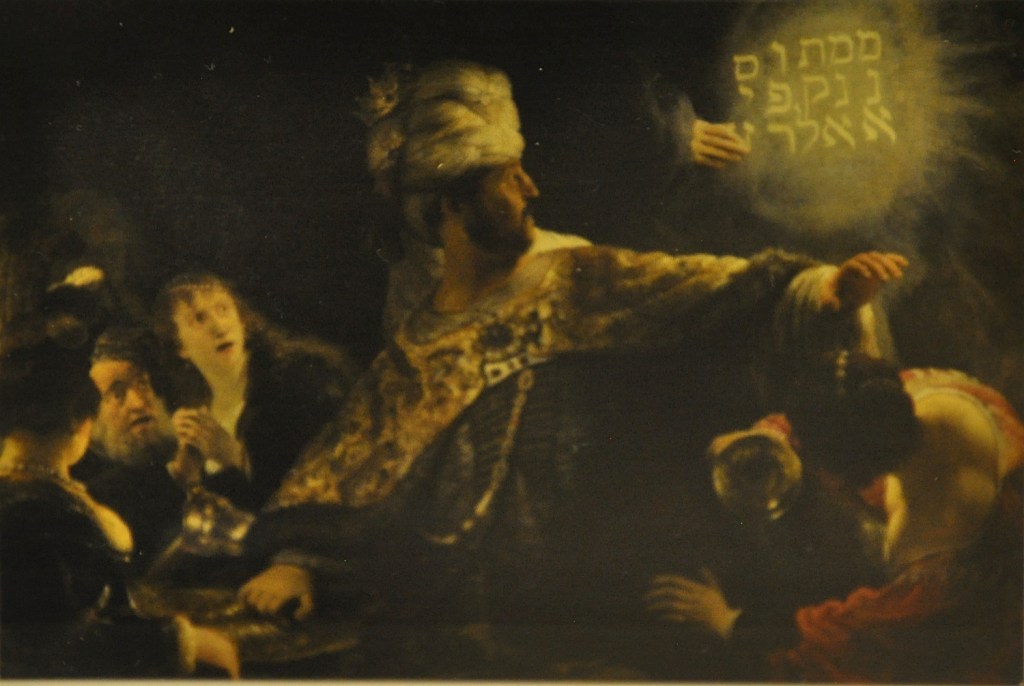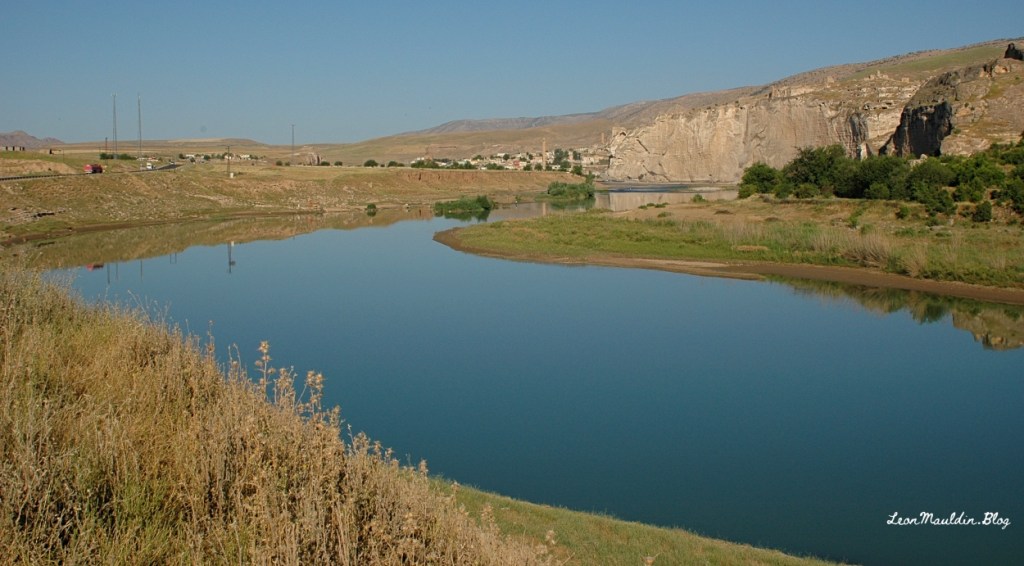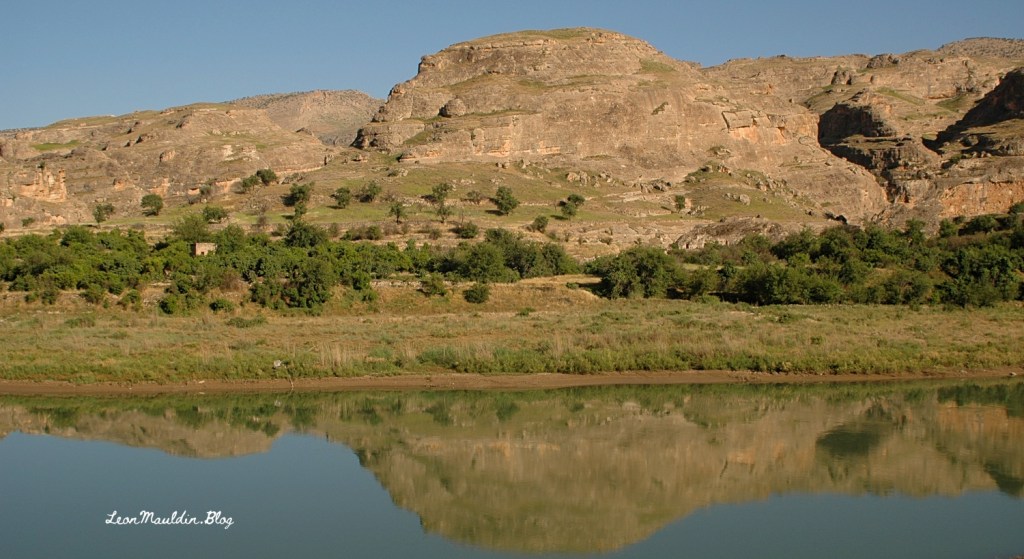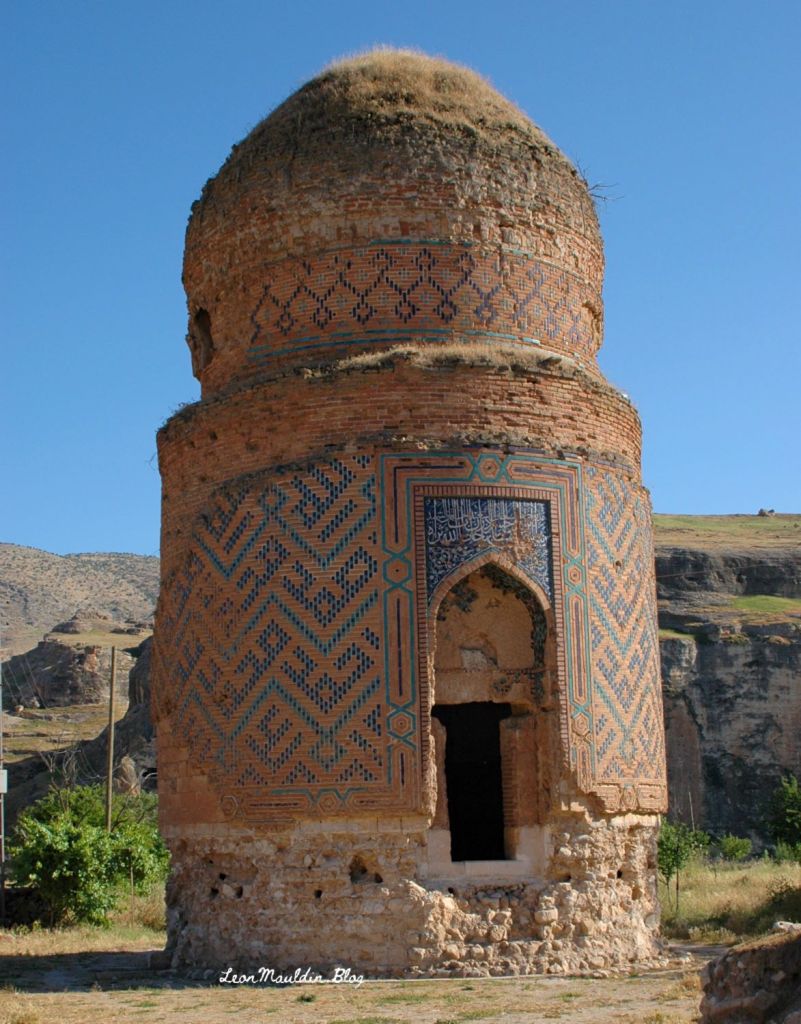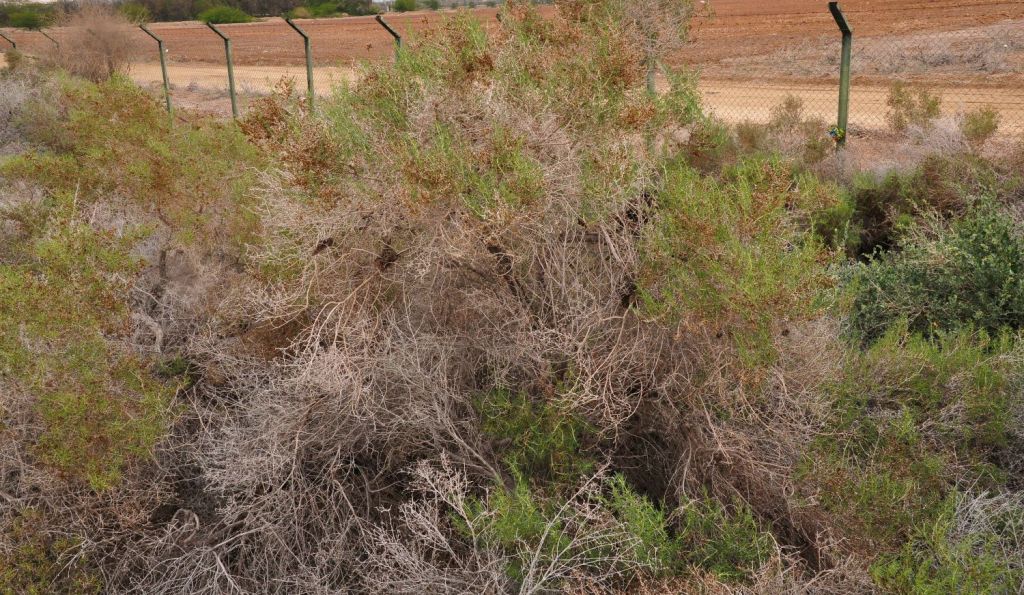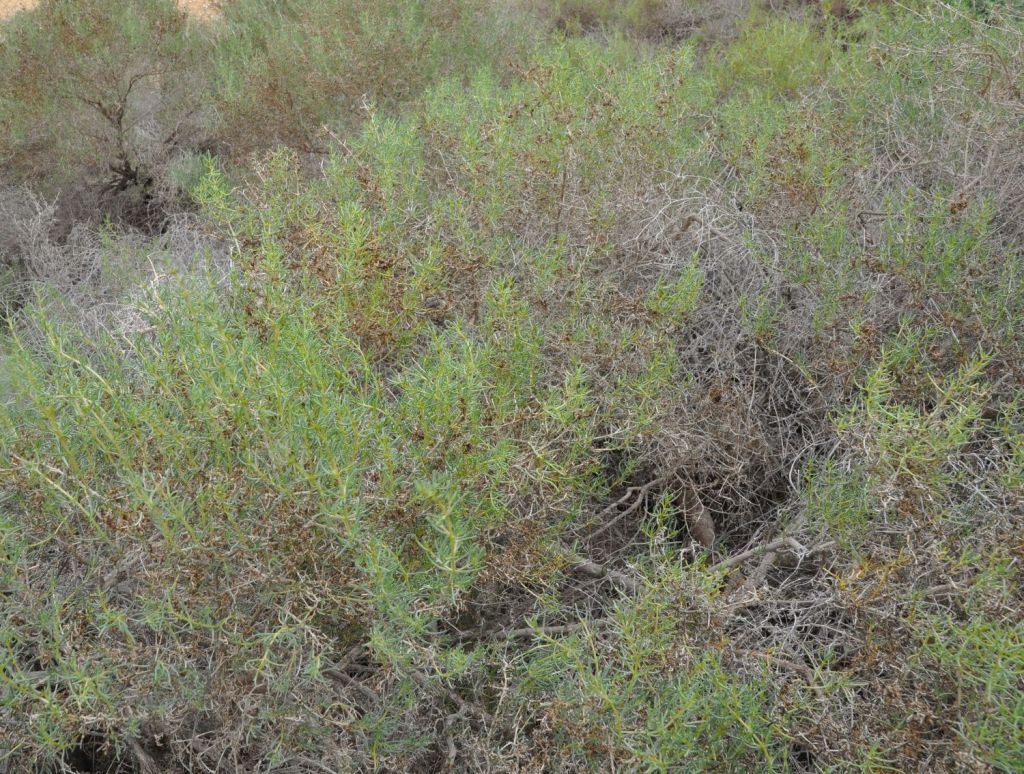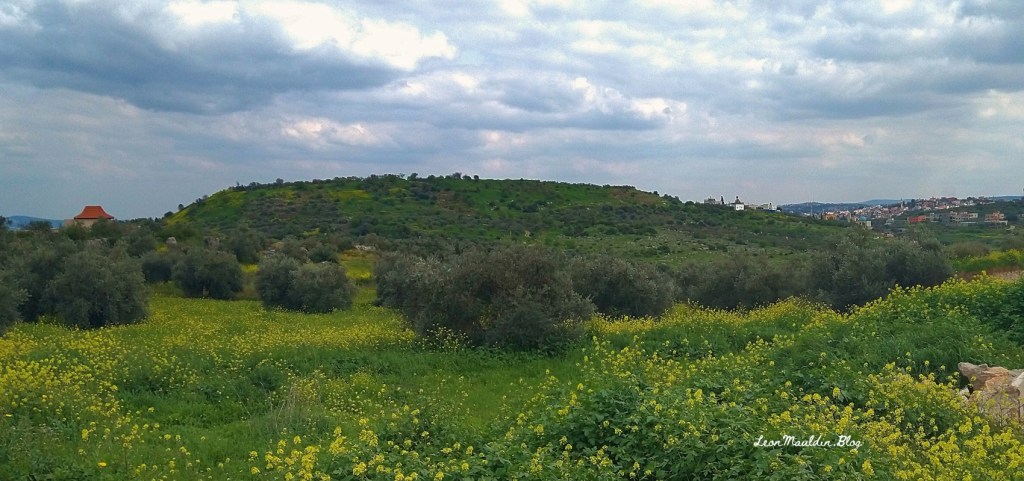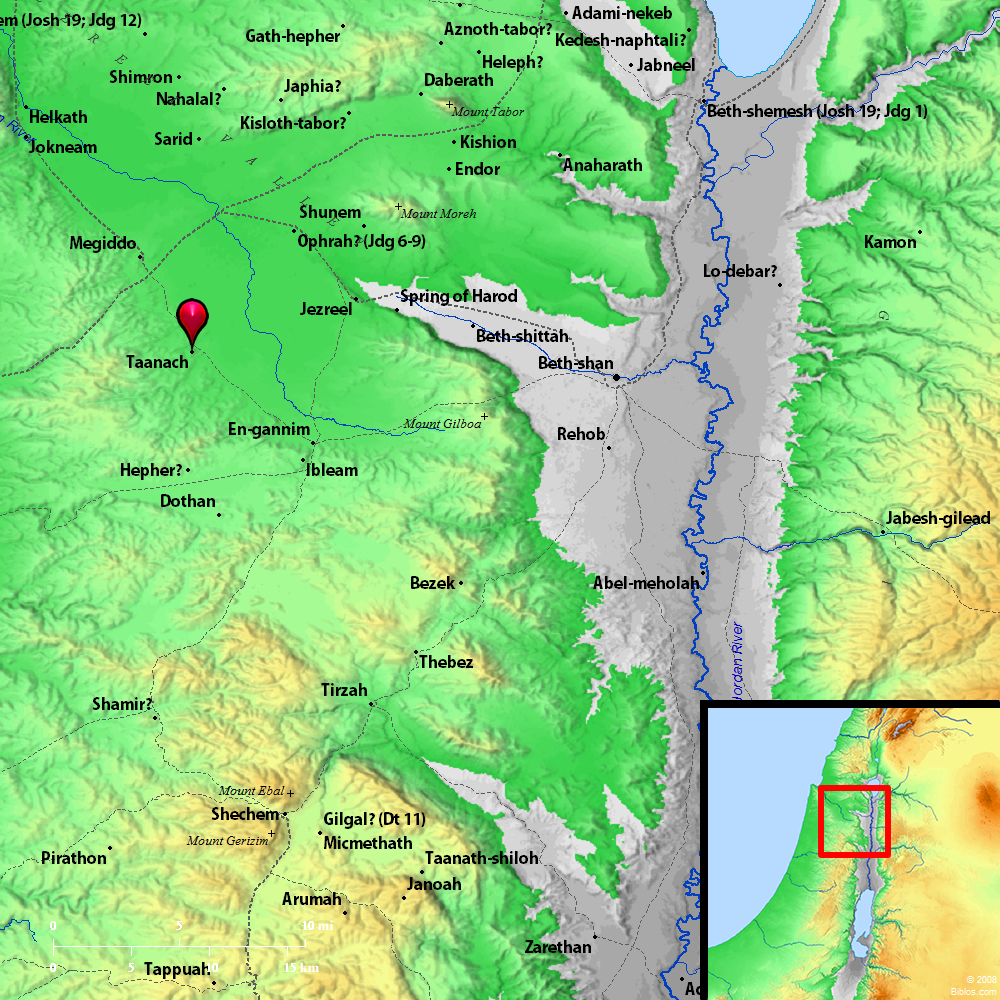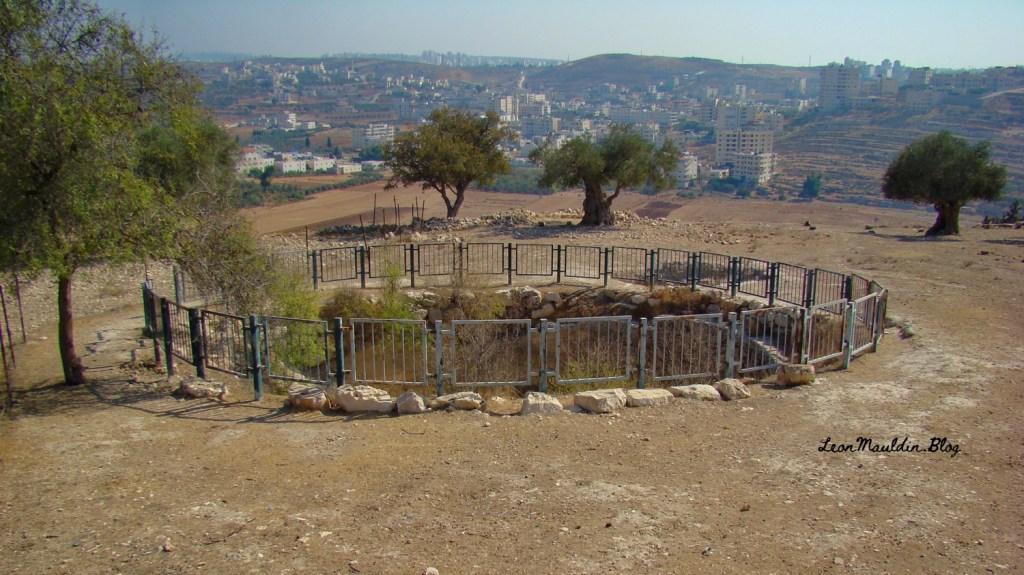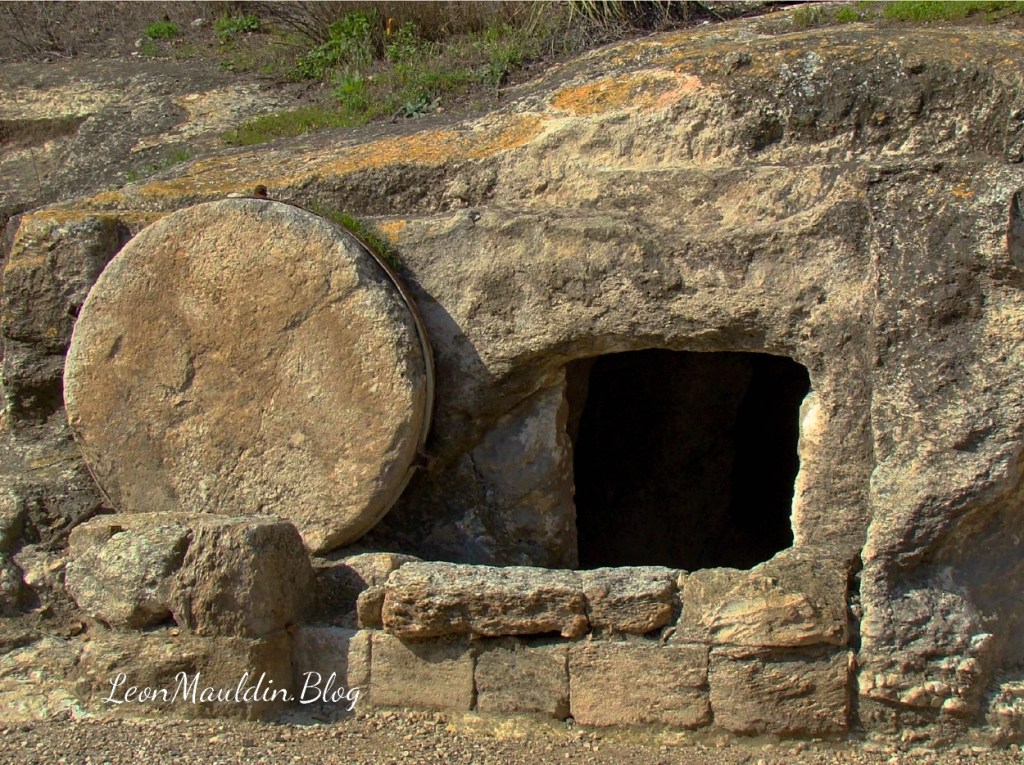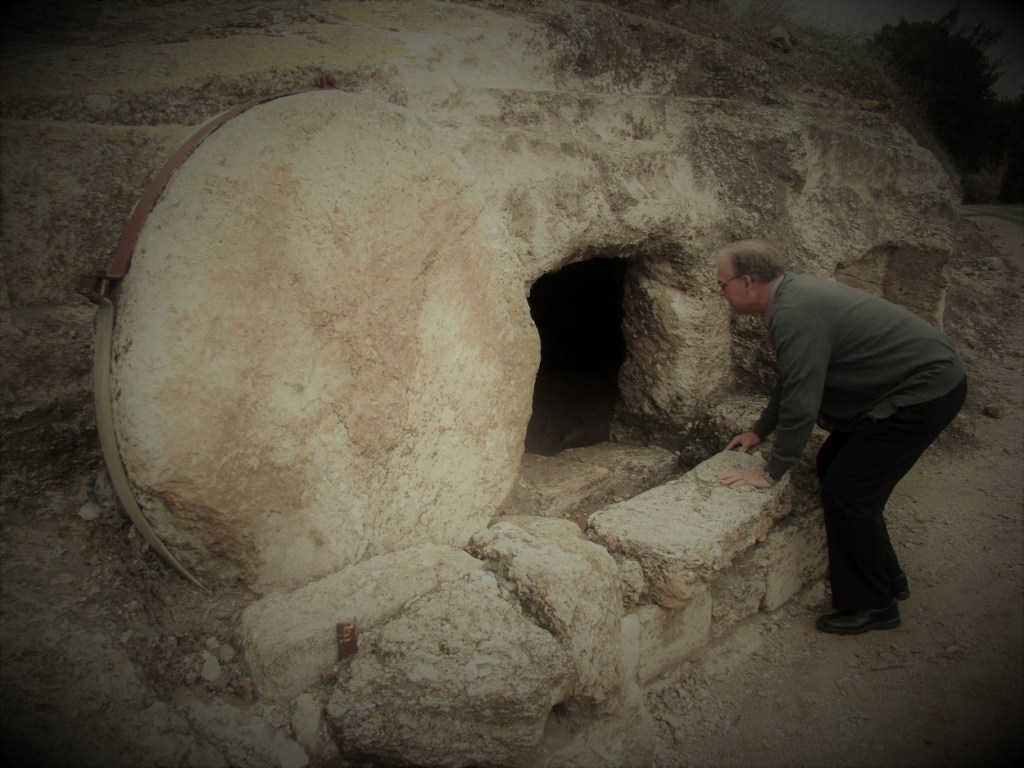I’m currently teaching a class (homeschool) on the Judges. Visuals can help provided the setting for biblical events. Samson was born in Zorah (Judges 13:2ff.). Beth-Shemesh is in the foreground in our photo. Zorah can be seen in the distant right at the break in the tree line.
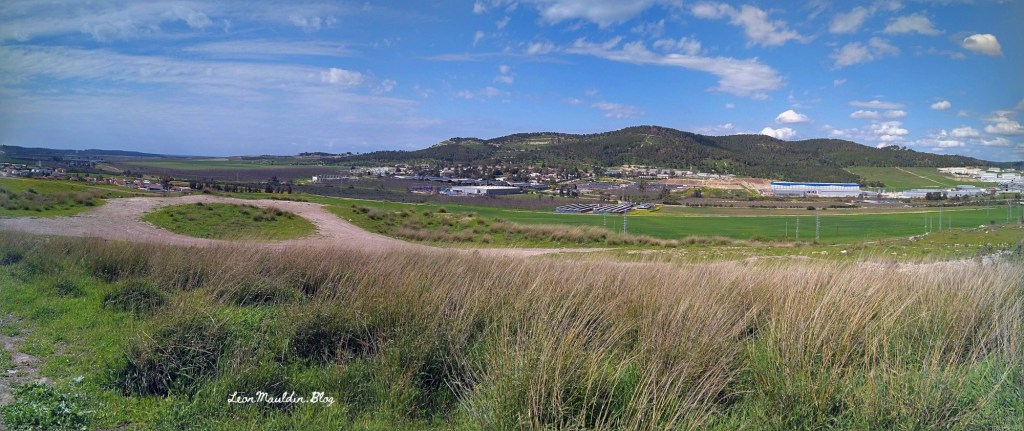
The Revised ISBE has the following info on Zorah:
A city in the Shephelah; the home of Manoah the father of Samson (Jgs. 13:2). Zorah (modern Ṣarʿah) was located in the northernmost district of the Shephelah, 2.5 km (1 1/2 mi) W of Eshtaol (Eshwaʿ) and 6 km (4 mi) S of Latrun. Overlooking the valley of Sorek (Wâdī eṣ-Ṣarâr), it was important to the defense of Judah throughout the history of Israel. Zorah, originally a Canaanite city, is mentioned in the Amarna Letters as one of the cities ruled by the king of Gezer (LBHG [rev ed 1979], p. 174).
According to Josh. 15:33 Zorah was allotted to Judah when the Israelites invaded Canaan. Apparently, however, it was assigned first to the tribe of DAN (Josh. 19:41), which encountered stiff opposition from the Amorites (and later the Philistines) when it attempted to occupy the region (Jgs. 1:34f.). The story of Samson, a Danite born in Zorah, is set in this region (13:2, 24f.). After struggling his entire life against the Philistines, Samson was buried in the city of his birth (16:31). Eventually the Danites decided to migrate north, and they sent out spies from Zorah to survey the land (18:2, 8, 11).
Centuries later, Rehoboam fortified Zorah as part of Judah’s western line of defense (2 Ch. 11:10). This line of fortresses served as an effective defense system for Judah in several wars during the next two or three generations (LBHG [rev ed 1979], pp. 330–33). When the Jews returned from exile in Babylon they occupied the site once again. Even the Crusaders found it an important site for their campaigns in Palestine. Located 335 m (1100 ft) above sea level and 244 m (800 ft) above the valley of Sorek, Zorah (Arab Ṣarʿah) has retained its strategic value throughout the centuries.(J. E. MCKENNA McKenna, J. E. (1979–1988). Zorah. In G. W. Bromiley (Ed.), The International Standard Bible Encyclopedia, Revised (Vol. 4, pp. 1210–1211). Wm. B. Eerdmans.)



 Posted by Leon Mauldin
Posted by Leon Mauldin 

